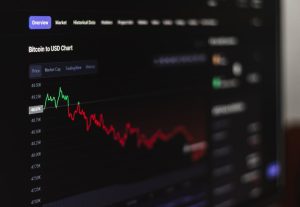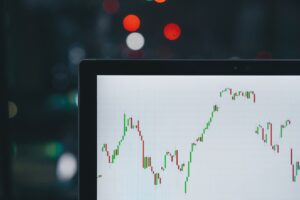The Tokyo forex session, also known as the Asian session, is one of the most important and active trading sessions in the forex market. It begins at 12:00 AM GMT and ends at 9:00 AM GMT. During this session, the Japanese yen (JPY) and other Asian currencies are heavily traded. Traders who want to take advantage of the Tokyo forex session need to analyze and implement the best strategies to maximize their profits. In this article, we will discuss some of the best strategies for trading during the Tokyo forex session.
1. Focus on JPY currency pairs: The Japanese yen is the most actively traded currency during the Tokyo session. Therefore, it is essential to focus on JPY currency pairs such as USD/JPY, EUR/JPY, GBP/JPY, and AUD/JPY. These currency pairs have high liquidity and volatility during the Tokyo session, providing ample opportunities for traders.
2. Use technical analysis: Technical analysis plays a crucial role in forex trading, especially during the Tokyo session. Traders can use various technical indicators such as moving averages, Bollinger Bands, and Fibonacci retracements to identify potential entry and exit points. Additionally, traders should pay attention to support and resistance levels, trend lines, and chart patterns to make informed trading decisions.
3. Monitor economic news releases: Economic news releases from Japan and other Asian countries can significantly impact the forex market during the Tokyo session. Traders should stay updated with the economic calendar and monitor news releases such as GDP, inflation, employment data, and central bank announcements. These news events can create volatility and trading opportunities in the market.
4. Trade breakouts: Breakout trading is a popular strategy during the Tokyo session due to increased volatility. Traders can wait for significant price movements and trade breakouts above or below key levels of support and resistance. Breakout trades can provide quick profits if the price continues to move in the desired direction.
5. Use market correlations: Understanding market correlations can be beneficial during the Tokyo forex session. For example, the Australian dollar (AUD) and the Japanese yen (JPY) have a strong correlation due to their geographical proximity. Traders can use this correlation to identify potential trading opportunities. If the AUD/USD is showing a bullish trend, it may indicate a potential bullish move in AUD/JPY as well.
6. Be aware of low liquidity periods: Although the Tokyo session is known for its high liquidity, there are certain periods of low liquidity during the session. The first hour of the Tokyo session (12:00 AM to 1:00 AM GMT) and the last hour (8:00 AM to 9:00 AM GMT) are typically less liquid. Traders should be cautious during these periods as spreads may widen, and price movements may be erratic.
7. Consider trading yen crosses: In addition to JPY currency pairs, traders can also consider trading yen crosses during the Tokyo session. Yen crosses are currency pairs that do not include the Japanese yen as the base currency or quote currency. Examples of yen crosses include EUR/JPY, GBP/JPY, and AUD/JPY. These currency pairs can provide additional trading opportunities and diversify a trader’s portfolio.
In conclusion, the Tokyo forex session offers numerous trading opportunities for forex traders. By focusing on JPY currency pairs, using technical analysis, monitoring economic news releases, trading breakouts, using market correlations, being aware of low liquidity periods, and considering yen crosses, traders can develop effective strategies to trade during the Tokyo session. However, it is essential to remember that no strategy guarantees success, and traders should always practice proper risk management and adapt their strategies based on market conditions.






